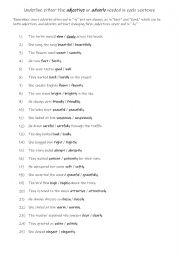
|
Adjective or adverb practise
Students read each sentence to see and work out if a noun or verb needs to be modified. They can either underline the correct answer or delete the wrong one.
Remember, most adverbs often end in -ly but not always, as in fast and hard, which can be both adjectives and adverbs without changing form. Adjectives never end in -ly.
Answers on page 2
Level: elementary
Age: 10-100
Type: worksheet
Downloads: 110
|
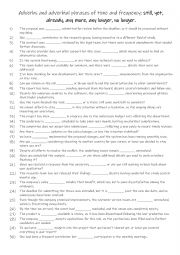
|
B1+-B2 Adverbs and adverbial phrases of time and frequency still, yet, already, any more, any longer, no longer.
These adverbs and phrases help students describe actions, events, and situations with greater detail, making their language more engaging and nuanced. Language proficiency tests often include questions that require understanding and using these adverbs correctly, so practicing them can improve exam performance. Understanding and using these adverbs...
Level: intermediate
Age: 12-100
Type:
Downloads: 132
|
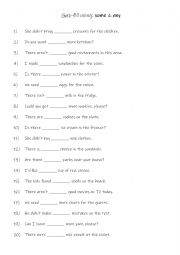
|
Gap-fill using: some & any
Students read the sentences and complete the gap-fill with the correct quantifier. This worksheet is suitable for A1-A2 students. Answers on page 2
Level: elementary
Age: 8-100
Type: worksheet
Downloads: 120
|
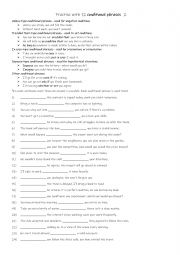
|
B1 Practise with 12 conditional phrases 2
First, students need to familiarise themselves with the 12 conditional phrases and their meanings and use. Then they read the sentences to see which one is suitable to complete the gap-fill. Each conditional phrase is used 2 times! Answers on page 2.
Level: intermediate
Age: 11-100
Type:
Downloads: 113
|
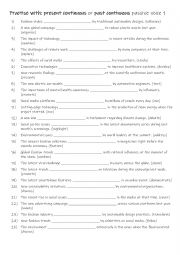
|
A2+-B1 Practise with passive voice: present continuous or past continuous 1
Learning the future continuous and future perfect tenses is really essential for expressing specific future actions and time relationships. The future continuous (e.g., I will be working at 3 PM tomorrow) describes actions that will be in progress at a particular moment in the future, which is useful for planning or predicting ongoing events. The f...
Level: intermediate
Age: 10-100
Type:
Downloads: 112
|
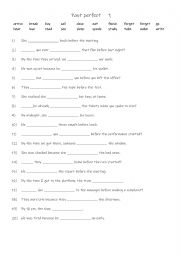
|
Past perfect 1
First, students need to familiarise themselves with the 20 verbs. Then they read the sentences to see which verb is needed to complete the sentence. Each verb is used 1 time! Answers on page 2
Level: intermediate
Age: 8-100
Type:
Downloads: 124
|
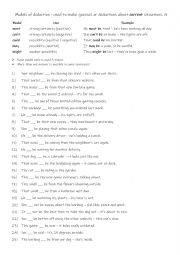
|
Modals of deduction - used to make guesses or deductions about current situations. 4
Students should learn modals of deduction because they are useful for expressing logical guesses or assumptions about present situations, helping speakers show how certain or uncertain they are. These modals, such as must, might, could, and can�t, make speech sound more natural and fluent, improve communication and reasoning skills, and are commonl...
Level: elementary
Age: 8-100
Type:
Downloads: 143
|

|
QR Quiz 1
Students use either a smartphone or tablet to search for the required information at the directed website.
* iphones can use their camera to read each QR image.
* If a student doesn�t have a QR already installed, they can download a QR such as Neo for free on the internet.
* Wifi is required for most of the questions.
Level: intermediate
Age: 12-100
Type: worksheet
Downloads: 184
|
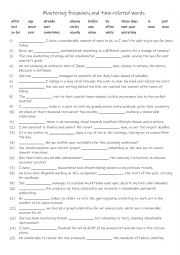
|
B1- B2 Mastering 25 frequency and time-related words
Students read the sentences and complete the gap-fill with a frequency or time related word in bold. Answers on page 2.
Level: intermediate
Age: 9-100
Type:
Downloads: 114
|
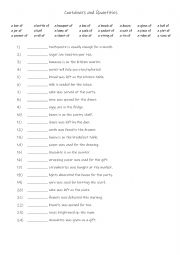
|
A2-B1 Containers and Quantities
Students complete the gap-fill with the correct container or quantity.Answers on page 2.
Level: elementary
Age: 8-100
Type:
Downloads: 138
|












